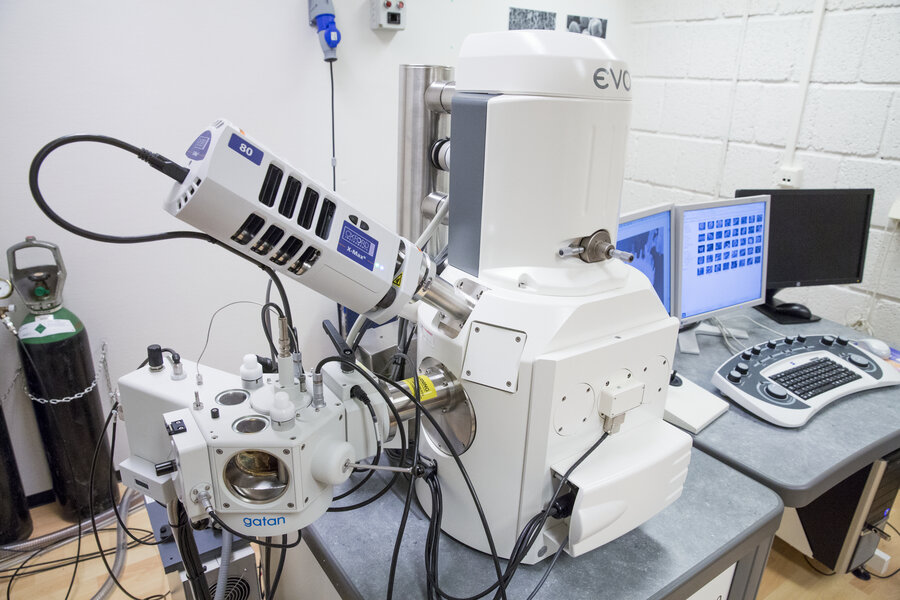The Imaging Centre
Core facility for advanced microscopy
Training and technical support in a variety of microscopy techniques, including light, confocal, scanning electron (SEM) and high-resolution scanning transmission electron microscopy (TEM).
The Core Facility offers a comprehensive service, including imaging and custom sample preparation.
We can provide guidance and technical expertise on the use of our entire infrastructure, to provide a low threshold for all users whether experienced or not.
The Imaging Centre is accessible to all internal and external users, both academic and industrial.
The Imaging Centre is moving to the Veterinary Building and will be closed from April 14th to May 14th. We are available via email, so feel free to contact us if you need anything."

Contact information:
E-mail: imaging.centre@nmbu.no
Phone: 67 23 27 61/62, 92 41 72 43 or 48 25 98 43
Visiting address:
Oluf Thesens vei 43, 1433 Ås
Opening hours:
Kl. 08:00 to 15.45
15. May to 14. September:
kl. 08:00 to 15.00
News
Booking system and prices
Courses
Equipment
Employees at the Imaging Centre














